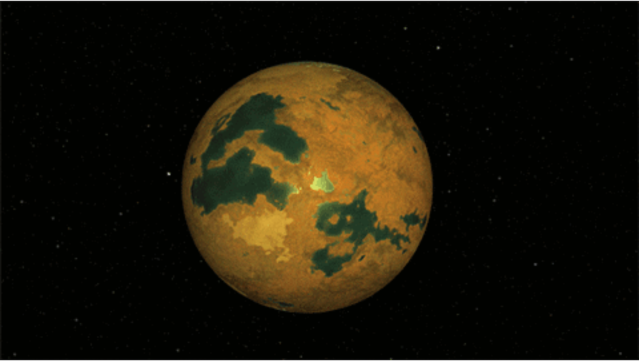In a blow to Star Trek fans, NEID, the new instrument at Kitt Peak National Observatory, has delivered some disappointing news. NEID, like other radial velocity instruments, uses the “Doppler” effect to detect shifts in the light spectrum of a star and reveal its movements. However, by analyzing the supposed planet signal at different wavelengths of light emitted from various parts of the star’s photosphere, researchers found significant differences in the individual wavelength measurements and the total signal when combined.
This discrepancy suggests that the planet signal could actually be fluctuations on the star’s surface that align with its 42-day rotation period. These fluctuations may be caused by the movement of hotter and cooler layers beneath the star’s surface, known as convection, as well as by surface features like spots and “plages,” which are bright, active regions on the star. Both of these factors can affect a star’s radial velocity signals, potentially leading to misleading readings of planets orbiting the star.



